|
KEY WEST, Fla. — Dry Tortugas National Park has closed for the safety of visitors and staff in preparation for Tropical Storm Idalia. Concession-operated ferry and sea plane services are also temporarily suspended.
Park staff completed hurricane preparations at the park today. Garden Key, Loggerhead Key and all other islands and facilities in the park are closed, including the campground, main dock and visitor courtesy slips on Garden Key. While the park is closed, park waters remain open and vessels may seek safe harbor in the designated areas within the one nautical mile anchoring zone around Garden Key, including Bird Key Harbor. Mariners should continue to monitor the storm. There will be no visitor services available while the closure is in effect and emergency services will be extremely limited. All closures will remain in place until the severe weather has passed and the National Park Service determines that employee and visitor facilities are safe. If the storm track changes, the park may issue a new advisory with updated status, including any lifting of closures. Please check “Alerts” on the park website for current information. The NPS Hurricane and Severe Weather Response has updates for all National Park Service sites. For more information about Dry Tortugas National Park, visit nps.gov/drto or follow the park on Facebook, Twitter, and Instagram.
0 Comments
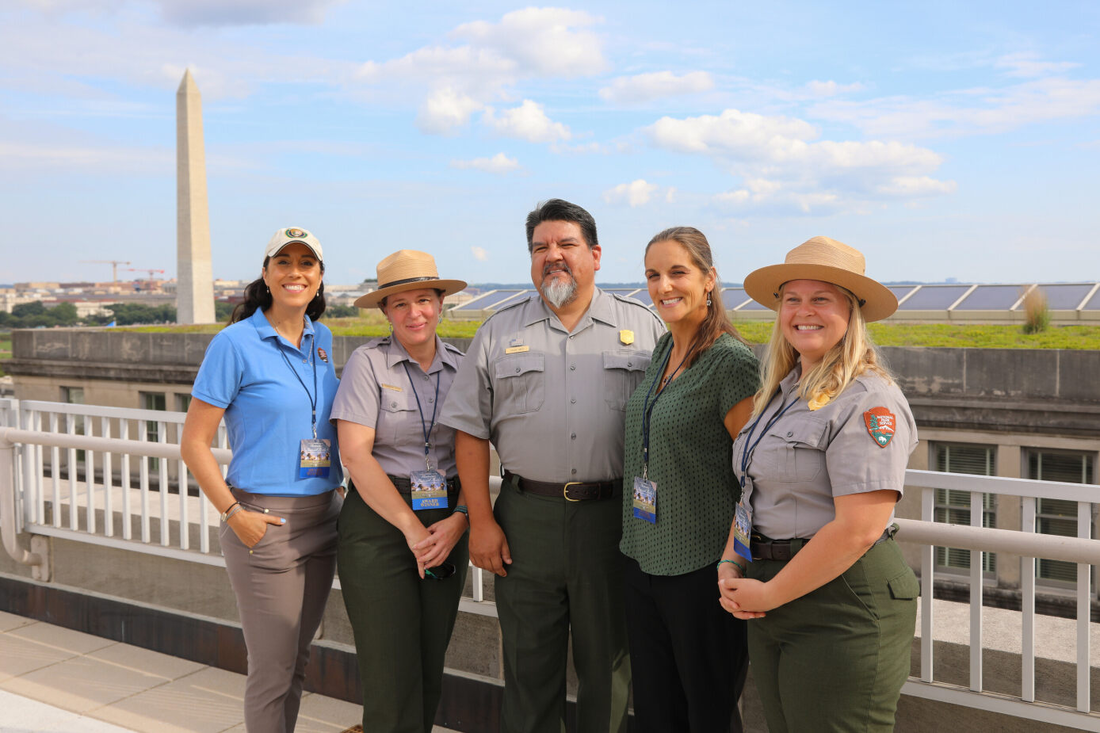 Ana Zangroniz (beach cleanup volunteer), Elizabeth Strom (volunteer program manager), Charles F. Sams (Director of the National Park Service), Venessa McDonough (supervisory wildlife biologist and beach cleanup program co-lead), Morgan Wagner (biological science technician and beach cleanup program co-lead). NPS Photo. Homestead, Fla—The Biscayne Beach Cleanup (BBC) volunteer program at Biscayne National Park has been selected as the national award recipient of the George and Helen Hartzog Innovation Award for Outstanding Volunteer Service. This is the first year that the National Park Service (NPS) has recognized a park volunteer initiative for demonstrating significant innovation or creativity while meeting the needs of the park through volunteerism.
When the COVID-19 pandemic shut down travel, BBC managers were unable to recruit volunteers from traditional sources which targeted college students visiting Biscayne during winter and spring breaks. Debris continued to pile up along park shorelines, which would inhibit sea turtle nesting efforts in the upcoming summer months. Innovative thinking led to a win/win pivot as BBC program managers shifted recruitment efforts to target the diverse local South Florida community. The response was monumental and has been identified as a volunteer recruitment model for future years. The 2021-2022 BBC season saw 275 volunteers collect over 30,000 pounds of current/wind-driven marine debris from sea turtle nesting beaches located on remote park islands. The total amount of debris collected is more than any other season since the program's inception in 2004. The award was presented as part of a national NPS awards ceremony held on August 23 at the Main Interior Building in Washington, DC. Accepting the award on behalf of the 275 volunteers who helped to clean park beaches during the 2021-2022 season was volunteer Ana Zangroniz. Ana has been a vital member of the park's volunteer program since 2014 and frequently leads cleanup events. Staff representing Biscayne National Park at the ceremony included Elizebeth Strom, volunteer program manager; Morgan Wagner, biological science technician and BBC program c0-lead; and Vanessa McDonough, supervisory wildlife biologist and BBC program co-lead. Wagner and McDonough manage all aspects of the program, including coordination, safety and hosting the cleanups. "We are honored to receive this award as it serves as a reminder that volunteers are an integral part of the NPS Mission" said Biscayne National Park Superintendent Penelope DelBene. "BBC is able to connect local stewards looking to make a difference in meaningful, innovative ways with a resource concern in their own backyard." Local partner groups and community organizations such as Miami Dade College, Florida Internationa University, ZooMiami, and Fishing Spot Conservation have each participated in a day of service with the BBC program. Financial support, including supplies and fuel, is provided by The Alliance for Florida's National Parks, The Coastal Cleanup Corporation, and the Florida National Parks Association. Visiting college students, visitors and locals are all welcome to engage in support of cleanups. BBC schedules cleanups on weekdays from December through April and accepts prearranged groups of 4-12 individuals over the age of 16. The work is considered strenuous. Boat transportation to the cleanup site and all cleanup materials are provided. For more information or to schedule a day of service for your group for the 2023-2024 season please see volunteer.gov or email [email protected]. Presentation videos and more information about this year's George and Helen Hartzog Awards for Volunteer Excellence can be found at https://www.nps.gov/articles/000/2022-george-and-helen-hartzog-regional-awards-for-outstanding-volunteer-service.htm. About Biscayne National Park: Within sight of downtown Miami, Biscayne National Park protects a rare combination of subtropical islands, mangrove shoreline, biodiverse coral reefs, and 10,000 years of human history. The park is ninety-five percent water and encompasses the northernmost Florida Keys. Most of the park is only accessible by boat. Home to a vast array of species, visitors to Biscayne might encounter sea turtles, dolphins, sharks, stingrays, and the West Indian manatee. To learn more please visit nps.gov/bisc. For regular updates from the park follow us on Facebook and Instagram. HOMESTEAD, Fla. — The National Park Service (NPS) announced today the selection of James Crutchfield as park manager of Dry Tortugas National Park. Crutchfield will begin his new assignment on Aug. 13.
“James is a dedicated professional, passionate about his role in serving the American people through the mission of the National Park Service,” said Everglades and Dry Tortugas National Parks Superintendent Pedro Ramos. “His leadership and experience helping with damage assessments after Hurricane Ian make him a perfect choice to continue advancing the extensive recovery work that will benefit our park visitors well into the future.” Crutchfield is joining the Dry Tortugas team from the NPS Historic Preservation Training Center, where he served as the monument section manager since February 2022. Prior to that position, Crutchfield served as the chief of facilities, recreation fee project manager, and park mason across 10 years at Castillo de San Marcos National Monument in St. Augustine. “I am proud to serve as the next park manager helping to protect and preserve the impressive array of natural and cultural resources at Dry Tortugas National Park,” said Crutchfield. “I am excited to continue the park’s great work and look forward to supporting a great team of employees.” Crutchfield has supported many parks during his NPS career through incident command systems, responding to several hurricanes and completing historic preservation on some of the most iconic structures in our nation, such as the White House and numerous American Revolutionary and Civil War battlefield monuments. Prior to joining the NPS, Crutchfield was a masonry instructor for a career academy program, a Veteran of the Florida Army National Guard, and even delivered a motor vessel from Alabama to Madagascar. Crutchfield will be moving from Chattanooga, Tennessee back to his home state of Florida and looks forward to working in an area where he has many personal connections. For more information about Dry Tortugas National Park, visit nps.gov/drto or follow the park on Facebook, Twitter, and Instagram. KEY WEST, Fla. – Dry Tortugas National Park announced the finding of archeological remains of a 19th century quarantine hospital and cemetery on a submerged island near Garden Key. While only one grave has been identified, historical records indicate that dozens of people, mostly U.S. soldiers stationed at Fort Jefferson, may have been buried there. The small quarantine hospital was used to treat yellow fever patients at the fort between 1890 and 1900. The cemetery has been identified as the Fort Jefferson Post Cemetery.
In August 2022, park cultural resources staff, assisted by members of the National Park Service’s Submerged Resources Center, the Southeast Archeological Center, and a University of Miami graduate student conducted a survey that led to the findings. Since that time, they have been researching historical records to learn more about the site and the individual. According to historical research, dozens of people were interred in the Fort Jefferson Post Cemetery, and while most of them were military members serving or imprisoned at the Fort, several were civilians. One of those civilians, John Greer, was employed as a laborer at the fort and died there on Nov. 5, 1861. While the details surrounding his death are unclear, his grave, located during the survey, was prominently marked with a large slab of greywacke, the same material used to construct the first floor of Fort Jefferson. The slab was carved into the shape of a headstone and inscribed with his name and date of death. “This intriguing find highlights the potential for untold stories in Dry Tortugas National Park, both above and below the water,” said Josh Marano, maritime archeologist for the south Florida national parks and project director for the survey. “Although much of the history of Fort Jefferson focuses on the fortification itself and some of its infamous prisoners, we are actively working to tell the stories of the enslaved people, women, children and civilian laborers.” While mostly known for its use as a military prison during the American Civil War, the islands and waters surrounding Fort Jefferson were also used for a naval coaling outpost, lighthouse station, naval hospital, quarantine facility, and more generally for safe harbor and military training. As the population of Fort Jefferson swelled with military personnel, prisoners, enslaved people, engineers, support staff, laborers, and their families, the risk of deadly communicable diseases, particularly the mosquito-borne yellow fever, drastically increased. Major outbreaks of disease on the island exacted a heavy toll on those staying there, killing dozens throughout the 1860s and 1870s. Given the increasing population and lack of space on Garden Key, several of the nearby islands were equipped with small structures for use as quarantine hospitals in the 1860s. While the plainly built facilities on the islands were considered minimal at the time, the transfer of sick and dying patients to these small islands, isolated from the congested Fort Jefferson, likely saved hundreds from a similar fate. Although the use of many of the quarantine hospitals on the surrounding islands ceased after Fort Jefferson was abandoned in 1873, the fort’s future use by the U.S. Marine Hospital Service between 1890 and 1900 again required the development of an isolation hospital on one of the keys. The find also highlights the impacts of climate change on resources in the Dry Tortugas. While the facilities identified in this survey were originally built on dry land, the dynamic conditions caused many of the islands to move over time. Climate change and major storm events have even caused some islands to settle and erode beneath the waves. Efforts to learn more about Mr. Greer and other individuals interred on the now submerged island are ongoing. The remains of the hospital as well as the surrounding cemetery have been documented as an archeological resource and will be routinely monitored by members of the South Florida National Parks Cultural Resources Program. Visitors are reminded that submerged cultural heritage is protected under federal law. May is Preservation Month, and this year’s theme is “People Saving Places.” Additional information regarding the discovery and future research will be shared publicly through the park website, social media and interpretive programs. For more information about Dry Tortugas National Park, visit nps.gov/drto or follow the park on Facebook, Twitter, and Instagram. Closures will last until repairs are completed in 2024
KEY WEST, Fla. – Dry Tortugas National Park announced limited options and closures for private vessels landing on Garden Key. The park typically experiences increased use by boaters fishing during grouper season, which begins in May. The finger piers and main dinghy beach sustained damage from Hurricane Ian in 2022 and remain closed until repairs can be made. Beginning May 1, the small dinghy beach between the main dock and the seaplane beach will be open from sunrise until 10 a.m. and again from 3 p.m. to sunset. The beach will be closed to all landings from 10 a.m. to 3 p.m. to allow for safe maneuvering of the ferry and seaplane access. Vessels are prohibited from using the seaplane beach. The adjacent Bush Key is also closed for sea turtles and nesting birds at this time of year. No landing or anchoring is permitted within 100 feet of the shoreline of Bush Key. Private vessels may use the main dock when available but will be limited by available space. The east end of the main dock is reserved for the Yankee Freedom III between 10 a.m. and 3 p.m. each day. Vessels may use the west end of the dock when available, but dock space is limited to approximately three boats tied to the dock and no more than two boats deep (hip to hip). Total allowable dock usage for one day is two hours (cumulative) per vessel and no overnight docking is permitted. Priority use of the main dock is given in this order: emergencies, government vessels, vessels under contract (such as the Yankee Freedom III), and the public. The National Park Service has secured funding for repairs to the finger piers and dinghy beach, but repairs are not expected to be completed until sometime in 2024. As a reminder, all private boats recreating or stopping in Dry Tortugas National Park must obtain a boat permit at the Garden Key dock house before recreating within the park. Visitors should also be aware of temporary closures to sections of the moat wall for snorkeling and walking while coral relocation work is taking place from April through June. For more information about boating in the park, visit the boating page on the park’s website at: https://www.nps.gov/drto/planyourvisit/boating.htm. For more information about Dry Tortugas National Park, visit nps.gov/drto or follow the park on Facebook, Twitter, and Instagram. Closures will be in place from April through JuneKEY WEST, Fla. – Dry Tortugas National Park announced a temporary closure to sections of the moat wall at Fort Jefferson during the months of April, May and June. During this time, sections of the moat wall will be under construction while corals are removed and relocated in advance of the planned restoration work to the counterscarp that was damaged by hurricanes. Both North and South Beaches will remain open for wading and sunbathing throughout the project. Although the closed areas will change, part of the moat wall will remain open throughout for snorkeling in the water and walking on the path.
“This project truly models the National Park Service’s mission of caring for both natural and cultural features of a park,” said Pedro Ramos, superintendent of Everglades and Dry Tortugas national parks. “Our goal is to preserve the removed corals and ensure they continue to flourish, while preparing the site for restoration of the historic moat wall.” Not all corals will be removed from the length of the moat wall. The majority of removed corals will be relocated within the park to Long and Bird Key Reefs. These areas, selected for their similarity to the conditions found on the moat wall, will become their new permanent home. A small percentage of corals will be sent to research facilities to assist with coral disease response and restoration initiatives, in collaboration with Florida’s Reef partners. Members of the park’s Coral Team, along with support from the National Park Service’s National Maintenance Dive Team (NMDT), will use hand tools as well as mechanical equipment to carefully remove the corals from the sections of the moat wall. Because of the equipment, personnel, and boat activity, the closed area should be viewed as an active construction zone. For the safety of visitors and NPS personnel, visitors should observe the closures, which will be marked in the water with swim lanes. Swimming and snorkeling are permitted from the beaches up to the closed areas. Snorkelers should not attempt to swim around or beyond the swim lanes. Updates will be available on the park website, information will be posted in the Dock House and signs will be posted at the beaches. Only one-half of the snorkel trail and/or moat wall is expected to be closed at any one time. Other temporary closures include the Dinghy Beach and finger piers, which were damaged by Hurricane Ian. Bush Key is also closed seasonally from February through September for bird nesting activity. For more information about Dry Tortugas National Park, visit nps.gov/drto or follow the park on Facebook, Twitter, and Instagram. |
Submit Your StoriesChamber members send us your press releases on your organizations accomplishments, staff awards and/or major happenings. We will post them for free. Archives
July 2024
Categories
All
|
|
Greater Key West Chamber of Commerce. All Rights Reserved.
510 Greene St., First Floor | Key West, FL 33040 [email protected] | sitemap |

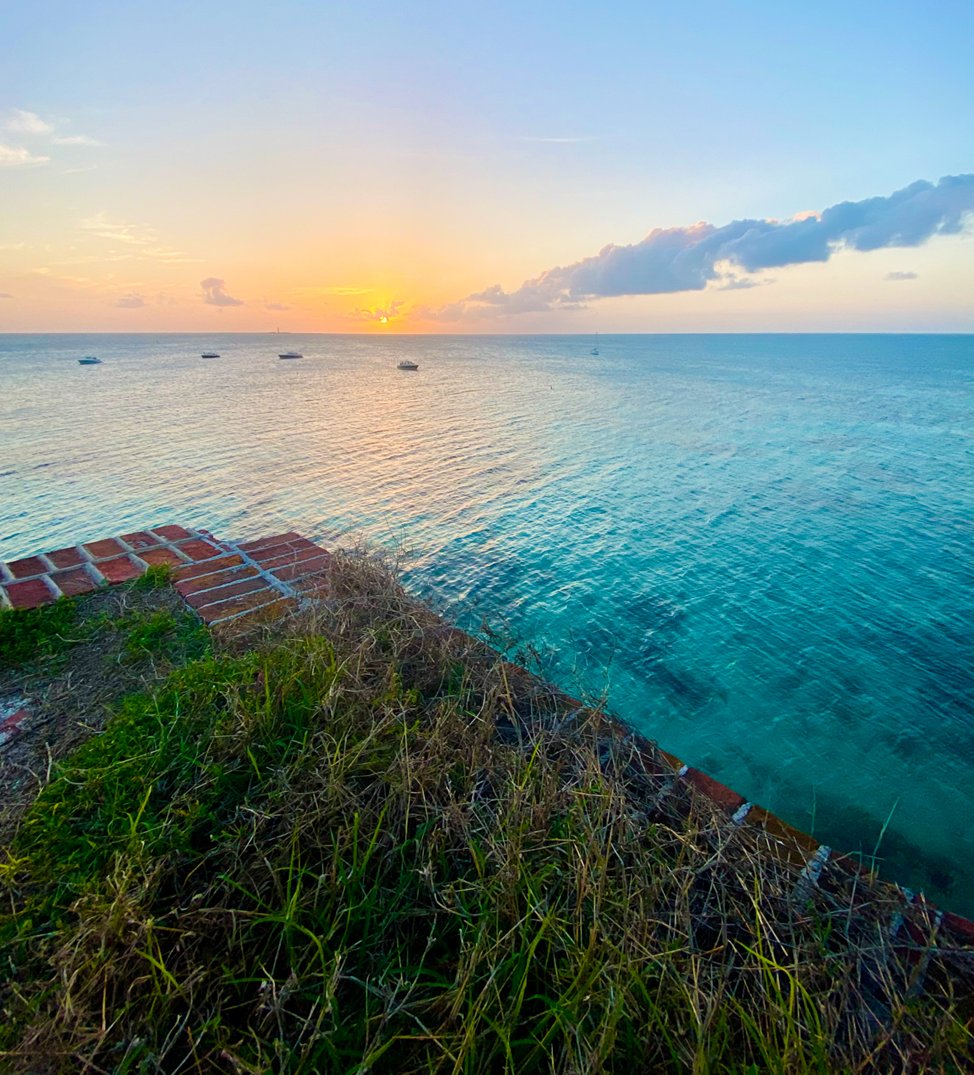
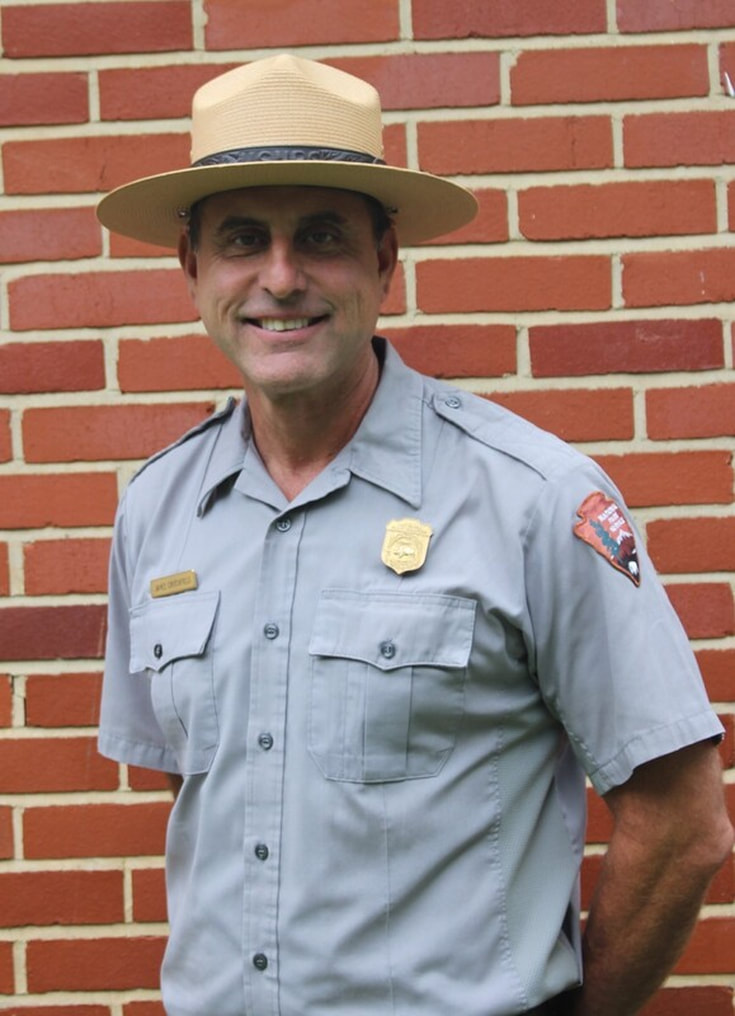
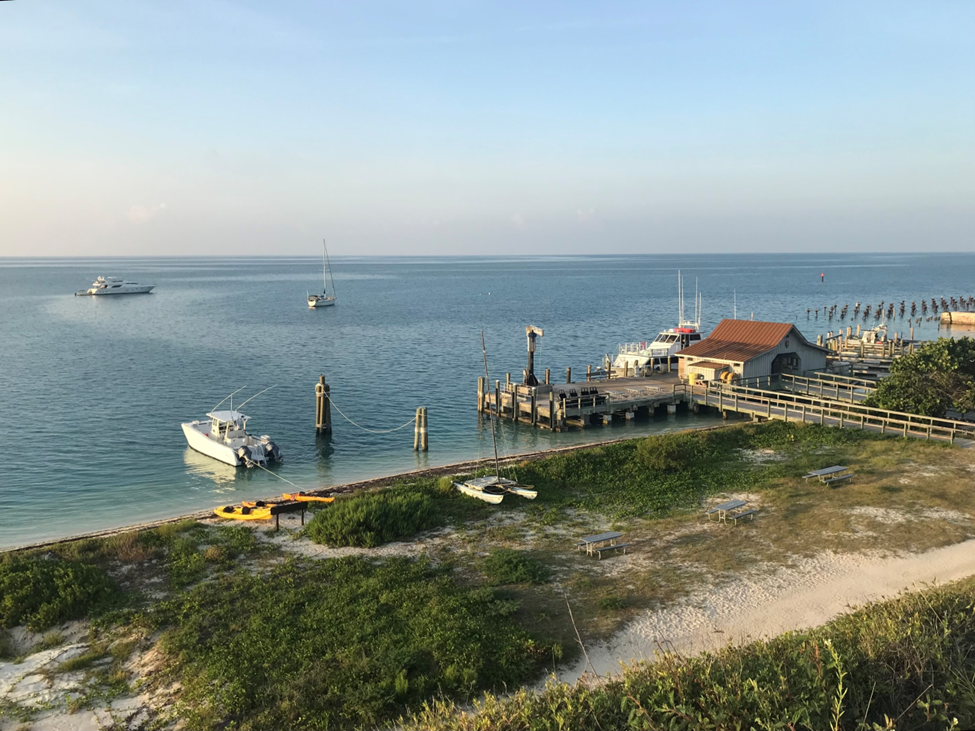
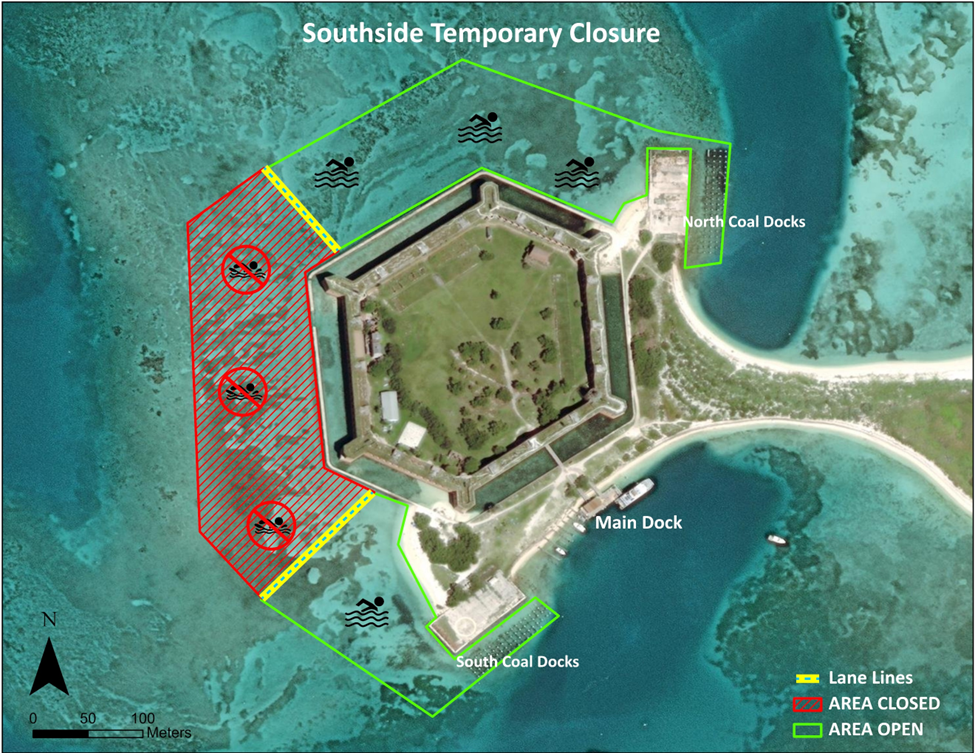
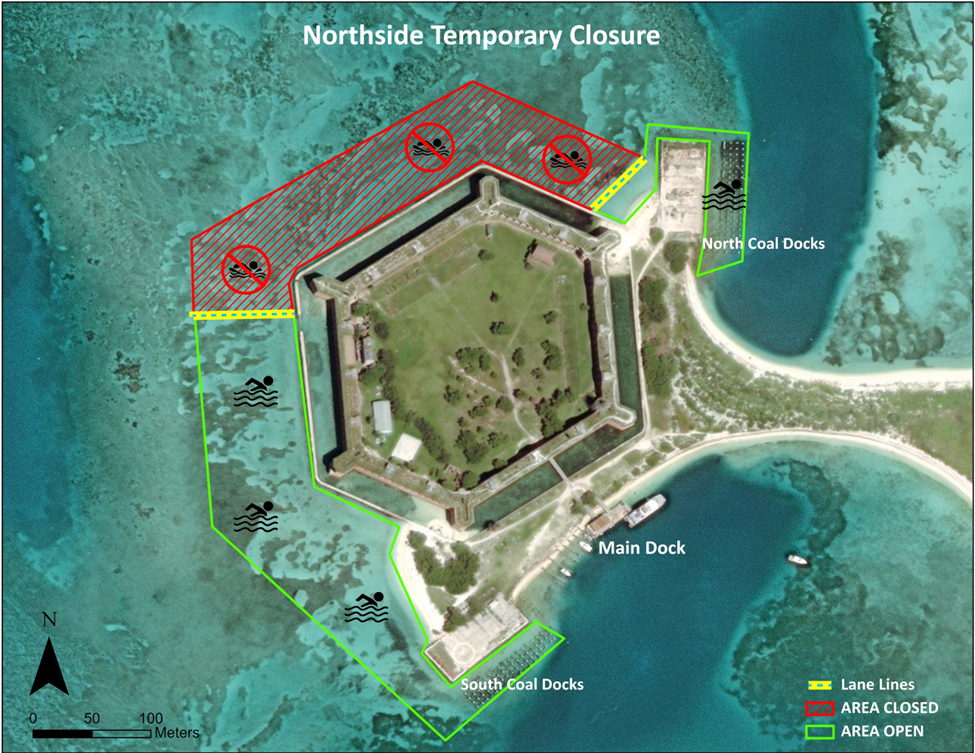
 RSS Feed
RSS Feed
